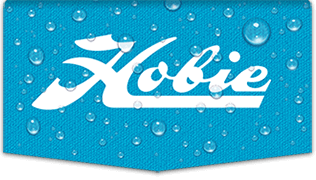Quote:
As I said ... It involves some very long engineering formulars to prove my point, that a hollow column is stiffer the a solid column. Now I didn't say a "thin walled" column ... just hollow. Now I'm trying to remember stuff that I studied 30-35 yrs ago in college studying engineering ... and I've forgotten alot over the years. But this is based on the theroy that the "load" is carried on/in the surface of the pin/column when it somes to shear/bending moments ... now a solid pin/column has only one surface .. the outside surface ... a hollow pin/column has two surfaces the outside and the inside ....
OK, that’s all well and good. I’ve also studied engineering, and so without any real equations to back up your “theory”, I have a tough time buying it. As far as I can see, there are really only two issues at play when it comes to rudder pins – shear and bending.
The pin can basically be viewed as a cantilever beam extending from the termination of the gudgeon. So the shear stress is simply defined by the applied load divided by the cross sectional area of the pin. A solid pin has more cross sectional area than a hollow pin of equal outside diameter and therefore is capable of withstanding higher shear stress when all other material properties are equal.
The bending moment is a function of the deflection of the pin which is defined by the equation D(delta) = P L^3/3EI where P is the applied load, L is the distance from the applied load to the fixed end of the beam, E is the modulus of elasticity of the beam, and I is the area moment of inertia of the beam. In the case of hollow versus solid beams of like materials, the only variable is I, the area moment of inertia. Again, the area moment of inertia of a hollow beam is smaller than a solid beam of equal outside diameter (since the inside area is deleted from the overall area) and therefore the deflection of the hollow beam will be greater.
Why did the “Hobie” pin fail when the “Murrays” pin didn’t? I don’t know. Perhaps there was significantly higher load applied to the Hobie pin. Perhaps the Murrays pin was made of a stronger grade of stainless. Pin geometry is not the only factor to consider.
sm





